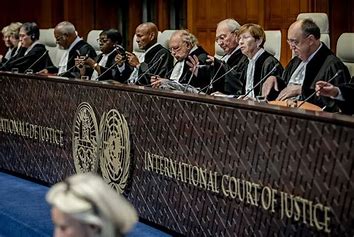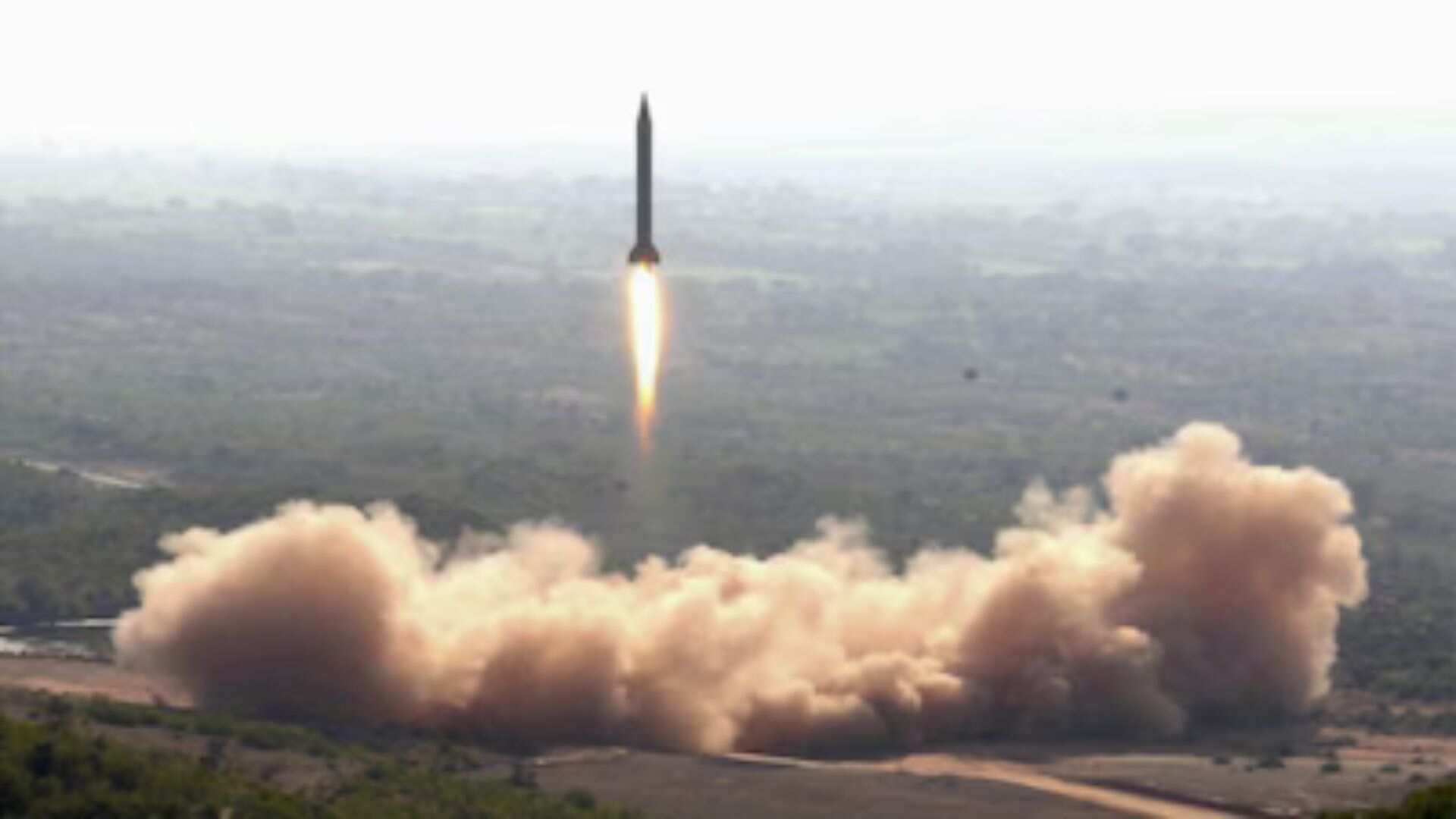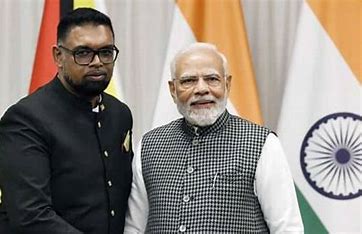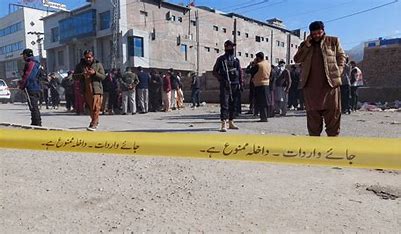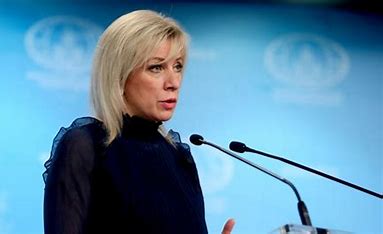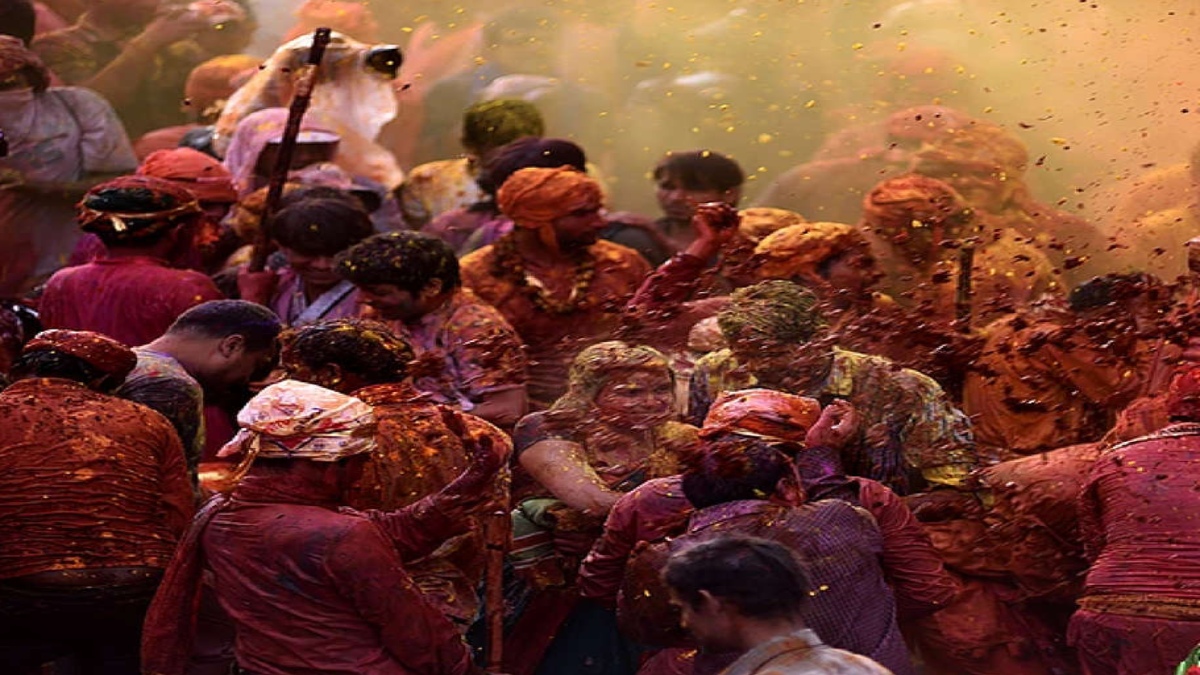
The undisputed festival of colours that heralds spring and harvest, Holi is celebrated year after year throughout the country in the utmost spirit of love and effervescence. Bearing its name after Holika, the mythological significance of this festival traces back to the popular legend of Hiranyakashyapa, who envied his son’s powerful devotion towards Lord Vishnu and felt his godly self-image threatened by the same. Hiranyakashyapa’s sister Holika incidentally had a boon to remain unscathed by fire and hence, when she schemed with her brother to enter a blazing pyre with his son Prahlad on her lap, what followed was beyond her palpable imagination. No sooner was Holika reduced to ashes than Prahlad came out of the fire, completely unharmed. The miraculous outcome of a deliberately sinister conspiracy highlights Lord Vishnu’s divine intervention wherein he had protected Prahlad against all odds of nature while Holika paid for using her supernatural immunity with ill-intention. When seen thematically, the story of Holika illustrates the inevitable victory of good over evil; and the eternal protection of devotees by God.


Although this legend suffices to explain the Holika Dahan ritual (a communal incarceration of funeral pyres symbolic of Holika and all evil that is destroyed and purged under the supreme victory of the good), very few partakers of Holi are versed with the story that brought the game of colour smearing into being, a custom that is central to Holi celebrations in India.
In this Festive Recap issue, Rajputana Collective highlights Holi as it is celebrated in Brijbhoomi, or the mythical birthplace of Radha and Krishna formed by the geographical conglomeration of Mathura, Vrindavan, Barsana and Nandgaon in Uttar Pradesh. Known for its unparalleled celebration of Holi festivities, Brijbhoomi places all its regional counterparts to shame for the sheer magnitude and iconicity in which it rejoices the spirit of Holi. If a U.P.-ite is asked about the nature of Holi celebrations in their hometown, chances are that his/her reply will be: “U.P. mein Holi nahi kheli toh kya kheli?” Which translates into, “you haven’t played Holi until and unless it was in U.P.!” Join Rajputana Collective as it uncovers the mythical significance and symbolism of Holi in the lands where the festival is believed to have originated.
When her beloved son Krishna complained about the injustice done to him by mother nature that made his skin so dark, Yashodha pacified him by suggesting that he coloured his beloved Radha’s fair complexion with smears of gulaal to make it look like his own. Accompanied by his friends, the mischievous Krishna then proceeded to Radha’s residing village of Barsana to lovingly smear her and the other gopis with gulaal or powder made of turmeric and flower extracts. In a playful retort, the damsels of Barsana gave Krishna and his allies a memorable beating with sticks (laths).
As the enigmatic and playful duo of Radha-Krishna became divinely etched into the religious consciousness of the nation, this customary charade finds annual resonance in Brijbhoomi. Home to the only temple to be solely-dedicated to Radha, Barsana embraces its iconic custom of lathmar Holi with much fervour year after year. From days in advance, mother-in-laws of Barsana indulge in their daughter-in-laws with rich food in order to prepare their strength for the exciting battle of sticks and shields that ensues during this festive period. On the day of the festival, women from the Barsana village indulge in what is known as lathmar Holi with their male counterparts hailing from Krishna’s village of Nandgaon by playfully beating them with laths. The men in turn, defend themselves from the heavy stick pelting with the help of shields while singing songs to provoke this playful incentive by the ladies. The very next day, the direction of this offensive is returned. Now, the men of Barsana repeat this playful act with the women of Nandgaon and are similarly hurled at with laths.
An electric array of colours is splashed at one another while songs are sung in the native Brajbhasha. Bhaang-laced thandaais intoxicate this exuberant play of colours while sweetmeats like gujiyas and melodious folk songs engulf the air. Through this communal celebration of fun, fellowship and love, Brijbhoomi’s heart throbs in technicolour as it commemorates its celestial couple: Radhe Krishna.
If Radha’s birthplace hails the annual festival of colours with so much revelry, it is but natural that Krishna’s hometown would strive to live up to the spirit. The townships of Mathura and Vrindavan come alive during Holi in a fashion that is, at best fantasised by remaining parts of the country. As Mathura entertains its holi procession from Vishram ghat to the Holi gate, Vrindavan’s 19th century Baanke Bihari temple pre-celebrates Holi on the day of ekadashi with what is famously referred to as phoolon wali Holi. This is a renowned celebration of Holi wherein colourful gulaal is substituted with flowers. The 15-20-minute-long event comprises of thick showers of flower petals being showered down on devotees by the temple’s priests. The epicentre of Brijbhoomi’s Holi festivities the Baanke Bihari temple opens its gates on the day of Holi such that devotees can ecstatically exchange colours with the temple-residing idol of Lord Krishna. The mesmerising sprays of different colours is truly a sight worth beholding. The Iskon Temple, Prem Mandir and Pagal Baba temples of the area show similar avidness and zeal. What’s more, just three years ago, the widow community of Vrindavan celebrated their first Holi, streaking their perennial white drapes with unapologetic tints of liberation, a proud moment of ceremonial freedom and social progress.
Speaking of colours, it is worth noting that every hue used in the amusement of Holi carries with it a symbolic meaning of its own. For example, as red represents love and fertility, green does spring and new beginnings. Blue carries itself forward as the colour of Lord Krishna and yellow, the colour of unity and felicity. In smearing colour on one another’s faces, people exchange emotional hues irrespective of one another’s age, class, caste, creed, gender or status. Old enmities or ruptures are forgotten on this day as everyone rejoices the all-encompassing goodwill. With everyone’s faces being coloured, interpersonal boundaries come to be blurred even if it is just for this one day, which complicates the habitual distinction that the society draws between the rich and the poor, the twice borns and the others. As the spirit of Holi calls for everyone to drop their guards and inhibitions, a popular slogan that floods Indian streets and village lanes is, “bura naa maano, Holi hai!”, which can be translated into “don’t get offended, it’s Holi after all!” Be it an utterance by the child aiming water balloons on passing cars or the young girl colouring her in law’s cheeks, these mischievous acts are perceived a mile’s distance away from nuisance, for if there is one day to bring alive the Radhas and Krishnas in each one of us, and to let them dance, sing, play and love, it’s this.

